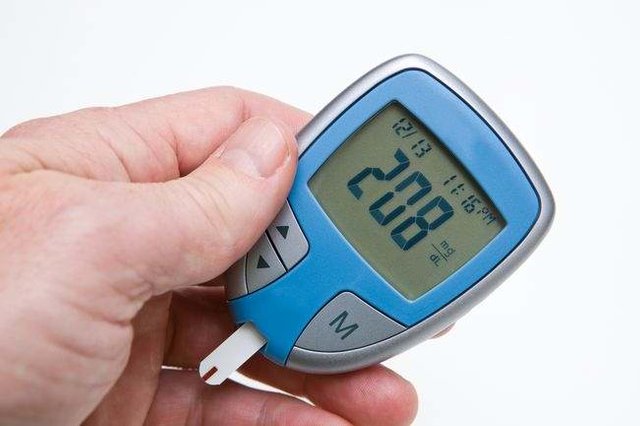Diabetes mellitus persistent disease
Diabetes (diabetes mellitus) is a long-term or severe chronic disease with blood sugar levels (glucose) is far above normal. Glucose is very important for our health because it is the main energy source for the brain as well as the cells that make up our body tissues.

What are the Symptoms of Diabetes?
It is important for us to know the early symptoms of diabetes. Both for high-risk and for those who feel healthy and have no history or potential for diabetes. Type 1 diabetes can develop rapidly in a few weeks, even a few days. While many people with type 2 diabetes do not realize that they have diabetes for years because the symptoms tend not to be specific. Some of the symptoms of type 1 and type 2 diabetes include: Often feel thirsty. Frequent urination, especially at night. Extreme hunger. The weight loss for no apparent reason. Reduced muscle mass. There is ketone in urine. Ketones are a by-product of muscle and fat metabolism that occurs when insufficient insulin production. Fatigue. Vague views. Long wound healed. Often have infections, such as the gums, skin, vagina, or urinary tract. If you experience any of these symptoms, consult your doctor immediately. Early detection may allow us to prevent further aggravation of our diabetes condition.
Effects of Insulin and Diabetes Hormones All cells in the human body need glucose to work normally.
Blood sugar levels are usually controlled by the hormone insulin produced by the pancreas, the organ located behind the stomach. But pancreatic organs belonging to diabetics are unable to produce the hormone insulin as needed by the body. Without insulin, the body's cells can not absorb and process glucose into energy.
Overview of Type 1 Diabetes
People with type 1 diabetes are very dependent on insulin because the immune system of the patient will attack and destroy the pancreatic cells that produce insulin. This triggers an increase in glucose levels resulting in damage to the organs of the body. Until now, the cause behind type 1 diabetes is not known for certain. People with this type of diabetes generally aged under 40 years, usually appear in adolescence or children. Therefore, type 1 diabetes is also referred to as juvenile diabetes. Type 1 diabetes is less common than type 2 diabetes. Among 10 people with diabetes, it is estimated that only 1 person has type 1. In addition to receiving daily insulin injections, type 1 diabetics are also advised to keep blood glucose levels in balance. For example by applying a healthy diet and undergoing blood tests regularly.
Overview of Type 2 Diabetes
Type 2 diabetes is a more common type of diabetes. About 90 percent of diabetics in the world suffer from this type of diabetes. This type of diabetes is caused by a lack of insulin production in the body or body cells that become less sensitive to insulin. This lack of body cells is known as insulin resistance. Symptoms in people with this type of diabetes can usually be controlled with a healthy diet and monitor blood glucose levels. However, stay alert because this disease will continue to grow in the body and gradually you will need treatment steps. Type 2 diabetes is often associated with obesity. Indeed, not everyone who suffers from obesity will automatically suffer from type 2 diabetes. However, the higher a person's body mass index, the risk of this type of diabetes also increases. Diabetes due to obesity generally attacks the elderly.
Hi! I am a robot. I just upvoted you! I found similar content that readers might be interested in:
https://patient.info/health/type-1-diabetes